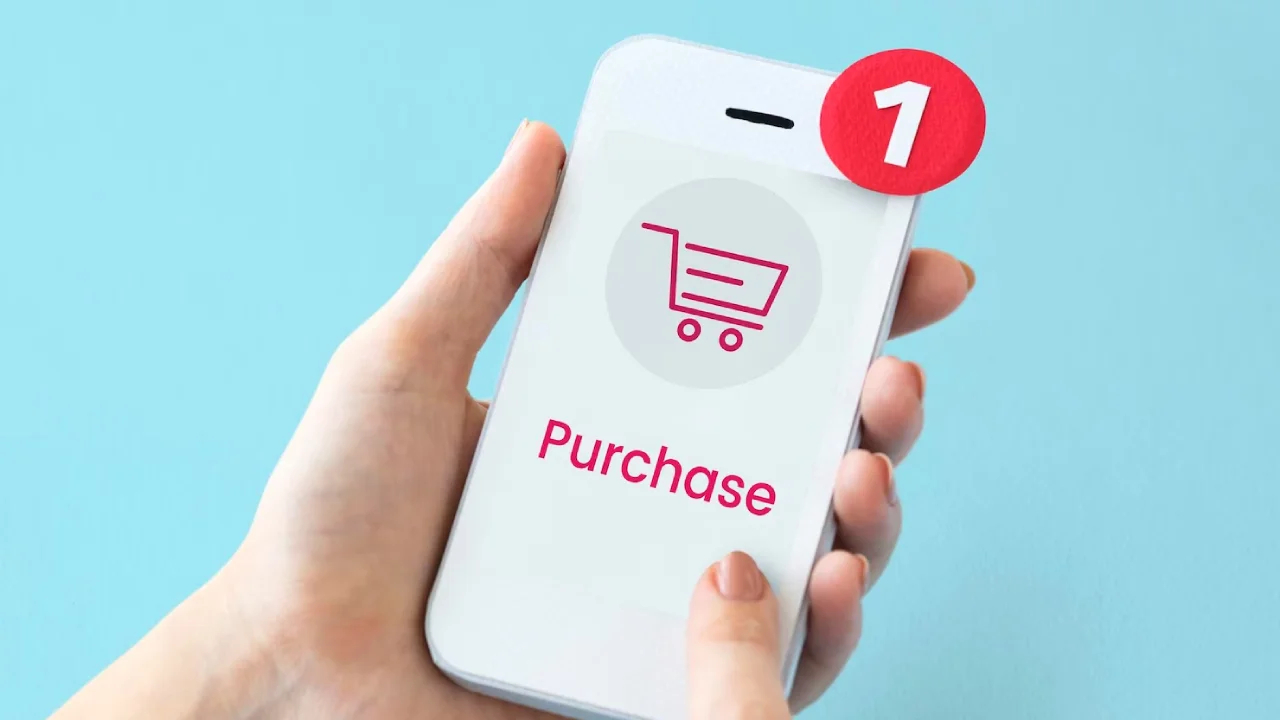Good software experiences usually come without notice, and that’s the point. The experience is meant to delight the user without them ever knowing that anything complicated is happening behind the scenes. And because b 2 b (business-to-business) is so much more complicated than B2C (business-to-consumer), achieving this elegance of simplicity is all the more challenging.
In the world of b 2 b eCommerce, the user experience is built in a new way that has no best practice precedent established. The way to know that workflows are being built correctly is to gather feedback and metrics on user adoption, successful buyer and seller interaction and order frequency.
B2B e commerce is a two way interaction between sellers and buyers and that means the experience for each user has the same objectives, communication of accurate catalogs and processing the order. As we stated above, b 2 b transactions can be extremely complicated and difficult to automate. With these complications, development often comes with complicated work-arounds and attempts to mimic legacy processes in the wrong way.
Find out how a familiar B2C interface can benefit your b2b company:
The Need for A Smart Interface
As mentioned before, b2b e commerce is relatively new so the application design experience has to be approached from new workflows. Sales reps want to communicate with each customer and this can be difficult while having to start and stop in a high volume selling season. Equipping sales reps with just the right tools needed to communicate and transact with many customers, the experience has less friction and higher conversion rates. By creating a multi-functional catalog, sales reps have the flexibility to move between tasks with ease.
Addressing the Needs of Every Type of Buyer
Different buyers have different needs and processes of doing things. Some customers want a PO (Purchase Order) initiated by the rep and shared for their approval. Other buyers want to receive a curated assortment of products that they can add to the cart at their convenience. Then there are also buyers who need no help from the sales rep and want to self-serve their order without the back and forth selling. And to top it all off, there are others who want to call in an order and want the rep to submit on the buyer’s behalf. All these approaches are plausible and happen everyday.
If this workflow is not quick and intuitive within an application for both seller and buyer they will fall back on their old reliable habits that are inefficient and outdated.
Why B2B That Shops Like B2C Makes A Difference
Giving buyers the familiarity of a B2C interface can make it easier for sales reps to win more customers by removing the complexities of b 2 b sales when making purchases. This does not only benefit buyers, but benefits sales reps as well — giving them the capability to stay on top of what’s happening with the brands product offerings and promotions, all the way to showing marketing materials with greater ease.
Staying on the same page is important. Sitting somewhere between admin and e commerce experience is the seller’s path to success. Traditional b 2 b online selling platforms have reps working through an admin interface while the buyer shops from some kind of line sheet. With the MyAtOnce B2B ecommerce platform, the rep sees what the buyer is seeing, giving them a more aligned user experience.
Discover the benefits of B2B that shops like B2C!
Empower your brand with powerful tools in the MyAtOnce B2B ecommerce platform today! Contact us today
By : John Bostwick



